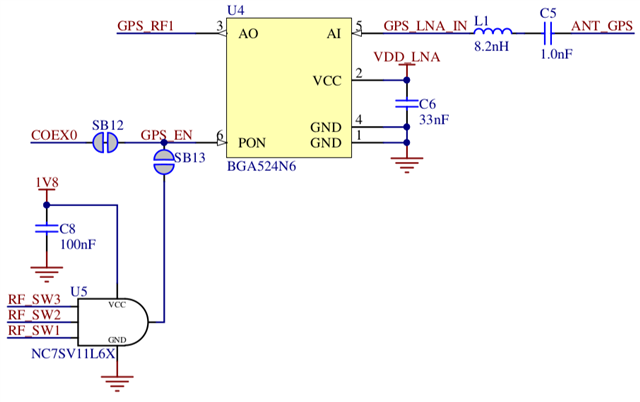I received a bunch of Thingy:91/PCA20035 version 1.4.0 which upgraded the SWF connector for GPS antenna to a uFL/IPX connector which is great. I also have a few PCA20035 version 1.0.0 and the GPS fix time was horrible with the internal antenna. The documentation still mentions a SWF adapter so I guess it wasn't updated.
I have a few questions reguarding the use of an external antenna:
- It the Errata v1.0 still valid? I guess so because the Fractus internal antenna is the same reference.
- Do you have a suggestion for an external GPS antenna (that may fit inside the case)? I tried an active antenna but the performance is terrible.




